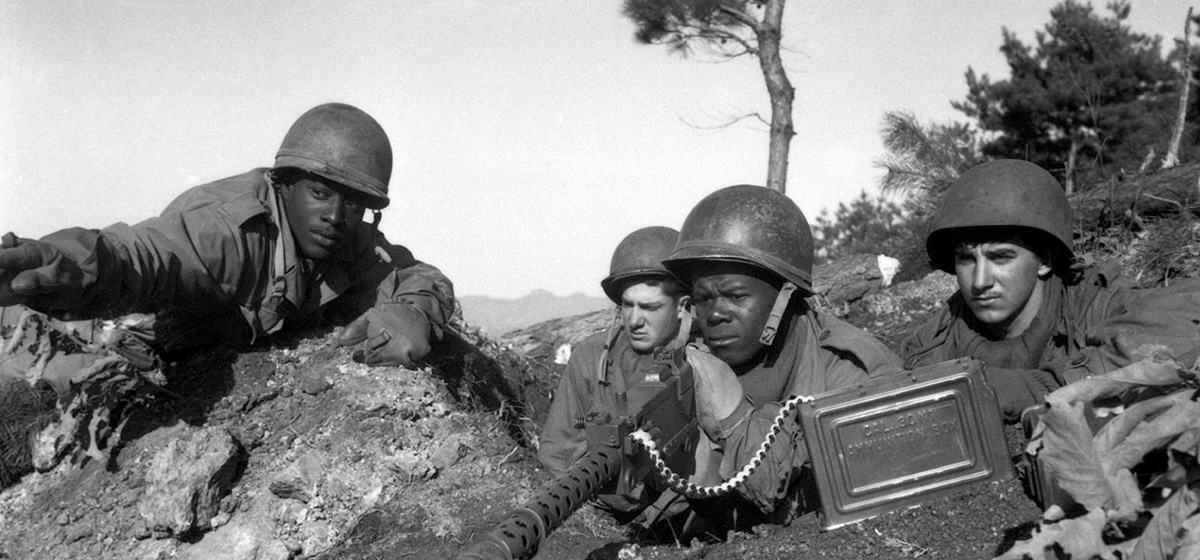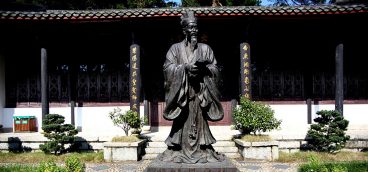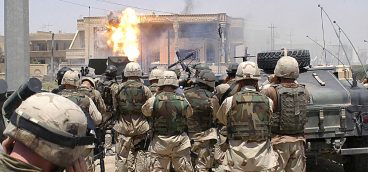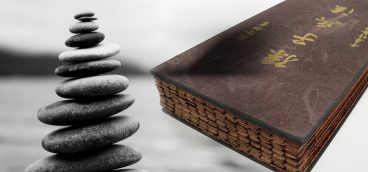The Art of Peace, Part III: The Korean War

Let’s begin our exploration of the art of peace by applying the lessons of “The Art of War” to America’s many, and mostly disastrous, proxy wars since World War II. Maybe we can identify ideas that will help make future proxy wars—given that they seem to be unavoidable—less ruinous.
Korea
Following World War II and the Yalta Conference, many of the world’s nations were partitioned, usually into Communist and non-Communist sections. Partitioning occurred in Germany, Austria (briefly, until 1955), and Europe itself. Wars in French Indochina led to the partitioning of Vietnam, and in 1947 Palestine was partitioned into Arab and Jewish states.
Beginning in 1910, the Japanese had annexed Korea and begun the process of integrating the country into Japan. But following the surrender of Japan in World War II, Korea was divided into zones of occupation, with the Soviet zone north of the 38th Parallel and the American zone south of it.
This highly unstable system slowly collapsed into two separate governments. One was in Pyongyang, headed by the totalitarian Communist, Kim Il -sung, and one was in Seoul, headed by the authoritarian thug, Syngman Rhee. Each claimed to be the legitimate government for all of Korea.
Continuous hostilities between Seoul and Pyongyang eventually led to the North invading the South. Everyone knows at least the broad outline of what happened next, but in order for us to understand how Sun Tzu might have managed the war differently—that is to say, better—let’s do a quick review.
In the five years between the Japanese surrender and the invasion of South Korea by the North, the Americans advising Rhee treated North Korea as a kind of joke—a puppet regime controlled by China with no legitimacy of its own.
Having no fear of Kim, the American advisors believed the real threat to the Rhee regime to be the Communist-inspired insurrections that arose throughout South Korea between 1945 and 1950. As a result, the ROK army (Republic of Korea) was trained and equipped to put down poorly organized and lightly armed insurrections, not to fight a conventional war.
But the U.S. view of North Korea was fatally flawed. Tens of thousands of ethnic Koreans had fought with Mao against Chiang Kai-shek, and those soldiers were battle-hardened and well-trained. They were also heavily armed with artillery, 280 tanks, and 210 aircraft, all supplied by the Soviet Union. The ROK army had no tanks and only 22 noncombatant aircraft.
This mistake was compounded by the American belief that the North would never invade the South, both because China wouldn’t want to risk an American response and because the North was too weak. Bizarrely, for example, a few weeks before the invasion, America’s lead military adviser in South Korea told reporters that any North Korean invasion would merely offer “target practice” for the superior ROK forces.
On June 25, 1950, the Korean People’s Army (KPA) struck across the 38th parallel in force, surprising the ROK army and its handful of American advisors. The 110,000-strong KPA I Corps and II Corps drove the South Koreans back in a panic. In barely three days, the North had captured Seoul—and promptly executed nearly every educated person in the city, many of whom were Communist sympathizers.
General Douglas MacArthur sent three American divisions to Korea from Japan, but it was too-little-too-late. The combined ROK-U.S. army retreated steadily south and east and was very nearly pushed into the sea near Pusan (now Busan). Kim Il-sung now controlled 90% of South Korea—he declared that the South had been defeated and the war would be over in August.
But the Pusan perimeter held and was continually reinforced, and by September, U.S. forces outnumbered and outgunned the KPA combined I and II Corps. A brilliantly executed amphibious invasion at Incheon, in the far northwest of the country, trapped the KPA between the large U.S. forces in the north and U.S. forces at Pusan in the south.
On September 25 Seoul was recaptured and thereafter the KPA troops in South Korea were slowly destroyed by combined air and land attack. Of the more than 100,000 KPA troops who had invaded the South, only 25,000 ever made it back to the KPA lines in North Korea.
Flush with their victory, the U.S. and ROK armies pushed across the 38th parallel and into North Korea. The objective of the war—previously, to preserve the integrity of South Korea—now expanded. Henceforth the U.S.-ROK goals were to conquer and occupy North Korea and to eliminate the KPA as a threat to the unification of Korea as one nation under Syngman Rhee.
Pyongyang was captured on October 19 and the Kim regime fled into the northern mountains and toward the Chinese border at the Yalu River. The U.S. and ROK armies were in hot pursuit, believing that the KPA was no longer an effective fighting force. Indeed, Gen. Douglas MacArthur demanded the unconditional surrender of the KPA.
Whether or not the KPA could still fight (certainly they had no hope of defeating the combined U.S.-ROK armies) will never be known because on October 25 the Chinese struck south across the Yalu, inflicting heavy losses on the stunned Koreans. The Chinese also pushed the Americans all the way back to the Ch’ŏngch’ŏn River—halfway to Pyongyang.
The Chinese continued their attack, defeating the ROK army at Ch’ŏngch’ŏn River and inflicting major losses on the U.S. 2nd Infantry Division. With morale plummeting, the U.S. Eighth Army abandoned North Korea, retreating back across the 38th parallel.
Still on the attack, the Chinese recaptured Seoul in early January of 1951. At that point, the Chinese, like the Americans before them, expanded the war aims. Mao Zedong announced that the Chinese army would unify all of Korea under Pyongyang and would drive the Americans and their “puppets” (i.e., the ROK army) into the sea.
But Mao had figured without General Matthew Ridgeway, as we’ll see next week.







